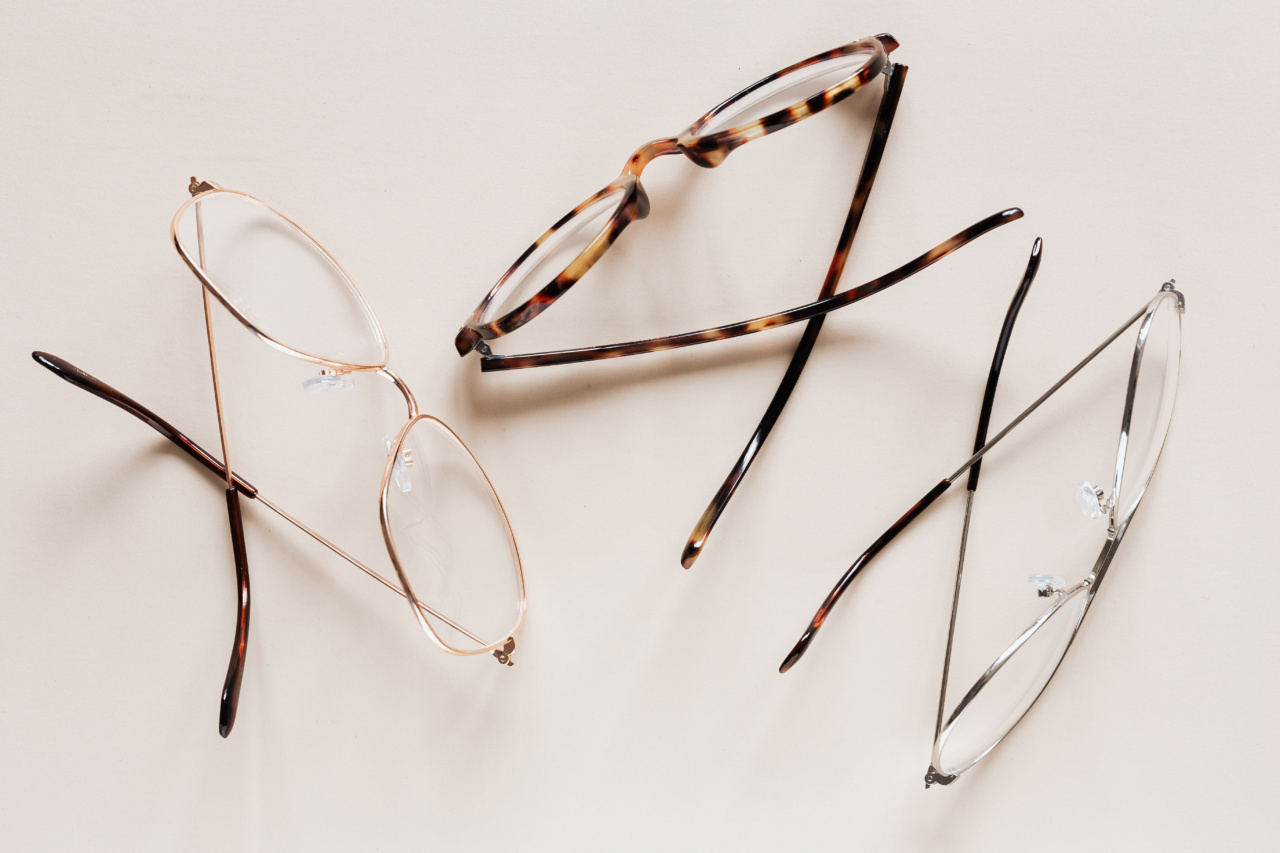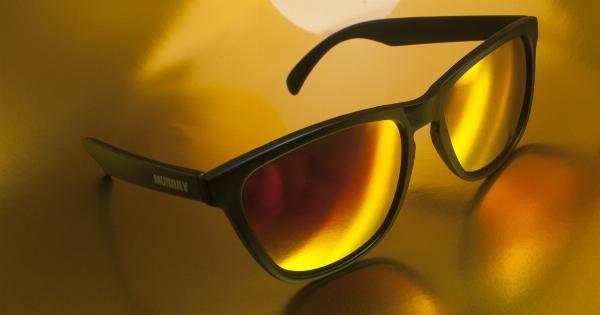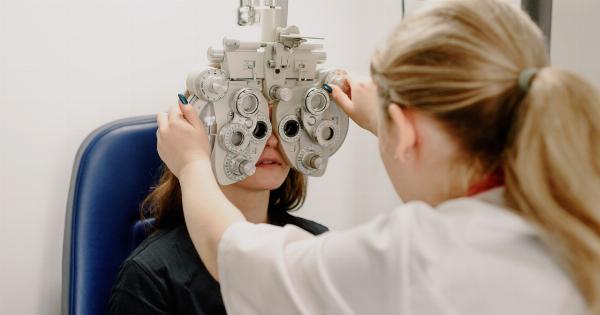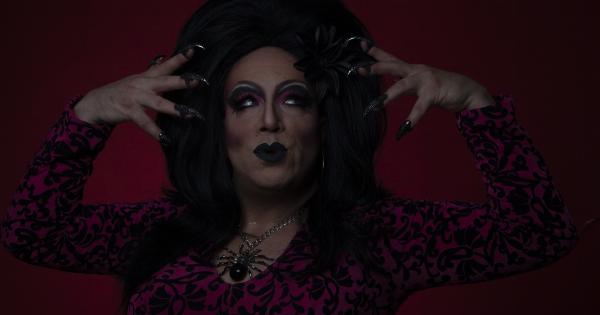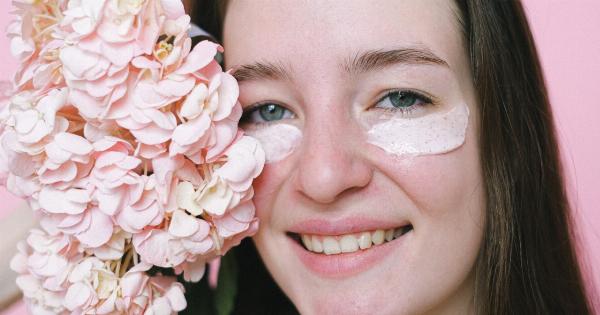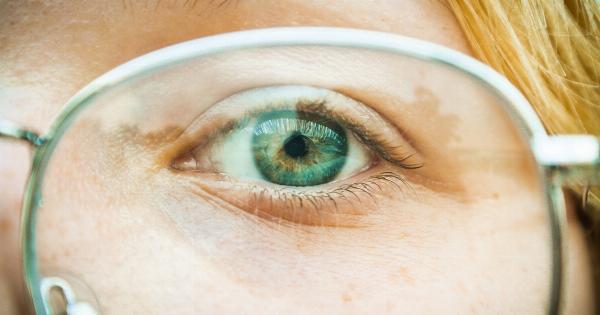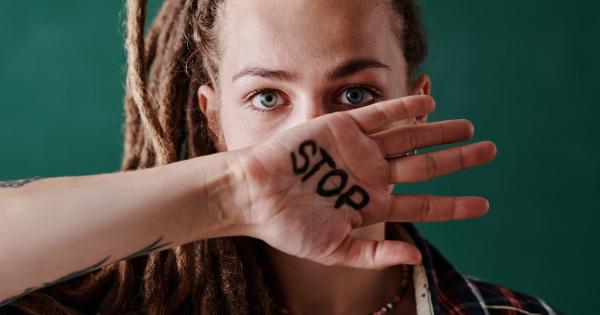Myopia, commonly known as nearsightedness, is a refractive error that affects millions of people worldwide. It is a condition where distant objects appear blurry, while close-up objects can be seen clearly.
Myopia occurs when the eyeball becomes too long or the cornea is too curved, resulting in light rays focusing in front of the retina instead of directly on it.
The Role of Eye Drops in Myopia Correction
Eye drops are widely used for various eye conditions, including dry eyes and eye allergies. However, when it comes to myopia correction, eye drops might not be enough or suitable as a standalone treatment. Here’s why:.
1. Temporary Relief
Eye drops designed specifically for myopia correction, such as atropine eye drops, can help slow down the progression of myopia in some cases. However, these drops only provide temporary relief and do not address the underlying cause of myopia.
2. Lack of Long-Term Effectiveness
Studies have shown that while myopia progression may be slowed with the use of certain eye drops, their long-term effectiveness remains uncertain.
Moreover, the required dosage of atropine eye drops can vary, and the potential side effects of prolonged use may outweigh the benefits.
3. Inconsistent Results
Not all individuals respond equally to myopia-correcting eye drops. Factors such as age, genetic predisposition, and the severity of myopia can influence the efficacy of the drops.
Some individuals may experience significant benefits, while others may see minimal or no improvement in their myopia.
4. Addressing Symptom, Not the Cause
Eye drops primarily target the symptoms of myopia, such as blurry vision, rather than addressing the root cause of the condition.
While they may provide short-term relief and slow down progression, myopia correction should involve strategies that focus on managing and controlling myopia for long-term visual health.
Alternative Options for Myopia Correction
1. Orthokeratology (Ortho-K)
Orthokeratology, commonly known as Ortho-K, is a non-surgical treatment option for myopia correction. It involves wearing specially designed gas-permeable contact lenses while sleeping.
These lenses gently reshape the cornea overnight, temporarily correcting myopia. The effect lasts throughout the day, eliminating the need for glasses or contact lenses.
2. Multifocal Contact Lenses
Multifocal contact lenses are another alternative for myopia correction. These lenses have different power zones, allowing clear vision at various distances.
By providing both near and distance vision correction, multifocal contact lenses can help manage myopia progression while providing clear vision at all distances.
3. Prescription Glasses
Prescription glasses remain one of the most commonly used methods for myopia correction. They provide clear vision by compensating for the refractive error of the eye.
Regular eye examinations and updates to the prescription are essential for maintaining optimal vision with glasses.
4. Myopia Control Measures
Besides corrective options, myopia control measures aim to manage and slow down the progression of myopia. These measures may include lifestyle changes, such as spending time outdoors, reducing screen time, and practicing good visual hygiene.
Additionally, specific eye exercises and therapies can help improve eye focusing abilities and alleviate strain.
5. Refractive Surgery
Refractive surgery, such as LASIK or PRK, is a surgical option for permanent myopia correction. This procedure reshapes the cornea, allowing light rays to focus correctly on the retina.
However, refractive surgery is not recommended for individuals with rapidly progressing myopia or those whose eyes are still developing.
Conclusion
While eye drops designed for myopia correction may offer some benefits like temporary relief and slowed progression, they are not comprehensive solutions.
Myopia correction involves a combination of approaches, including orthokeratology, multifocal contact lenses, prescription glasses, myopia control measures, and refractive surgery. Consulting with an eye care professional is crucial for determining the best course of action based on individual needs.
